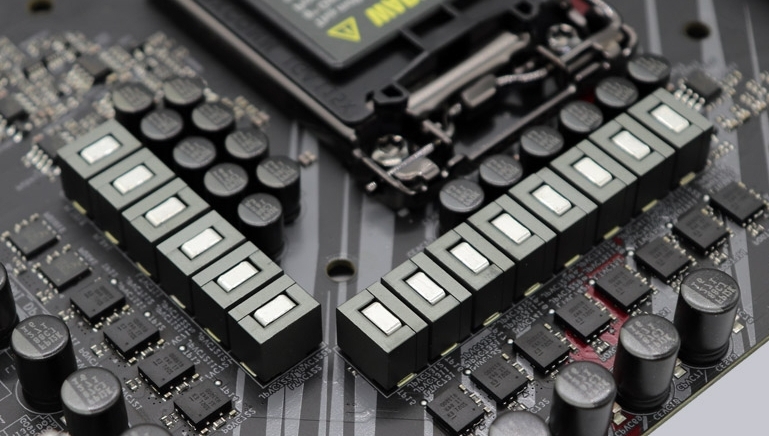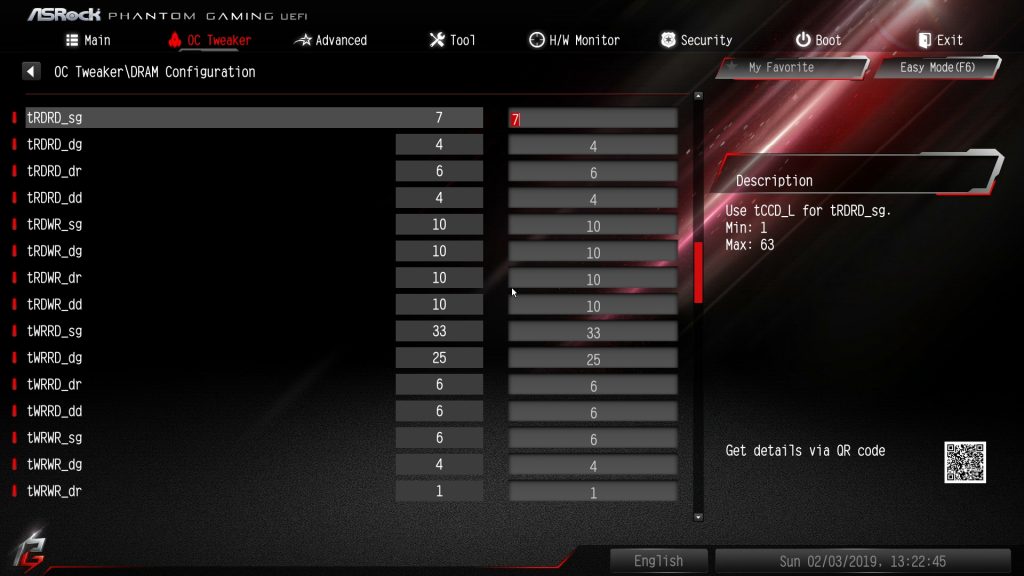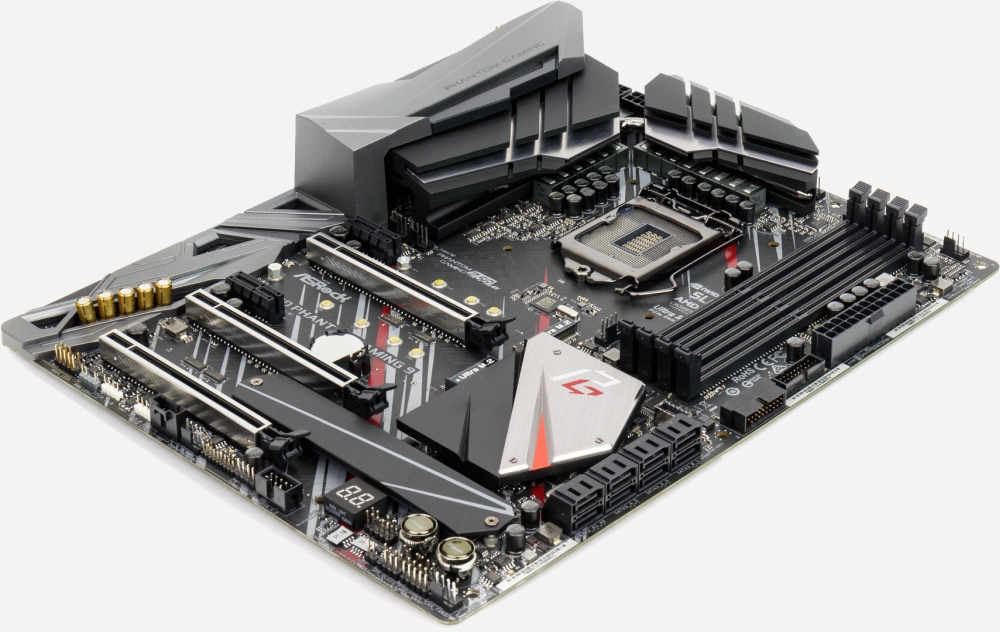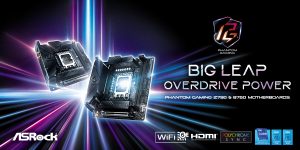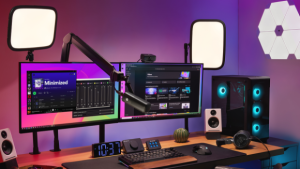ASRock Z390 Phantom Gaming 9 Review
Hardware
As mentioned earlier ASRock is using a 12-phase power phase configuration. 10 phases are of course for the CPU and two phases for the memory. The CPU PWM controller is courtesy of the IR35201, while two phases for memory are driven via the uP1674P. Finally, VCCIO and VSA make use of a shared controller. Power is fed via the regular 24-pin ATX connector, and an 8 and 4-pin CPU connector. Given who this board is positioned at, there’s no reason why this should configuration should not provide more than enough power even for daily overclocks north of 5.2GHz for those with capable CPUs.
Memory
Memory wise, this is a typical 4-DIMM board so memory overclocking will generally reach 4,200MHz using a two DIMM configuration. It turns out that this the maximum DRAM frequency supported in the QVL document on the site. On some of the literature it states that 4,266 memory is support, but even during testing this frequency would not POST. That said, 4,200 offers a fair bit of performance especially with tuned secondary and tertiary timings.
Since the board is limited to 4,200 it also means there’s no need to push an excessive amount of voltage to the System agent or VCCIO which can be well over 1.4v respectively on some boards when memory frequencies exceed 4,600 MHz.
For competitive overclocking, 4000MHz C12 should be possible on this board and I’d wager that it is, since the tuned B-die C12 LN2 profile is in the UEFI menu. Other extreme overclocking related features present on the Phantom Gaming 9 aren’t obvious, but the UEFI contains an extreme mode for voltage tuning. This extends the allowed voltages and if likely going to be what you will need should you choose to try extreme overclocking with the PG9.
General Board Features
As for what’s on the board physically, ASRock covers all its basis by supporting three M.2 slots (RAID supporting) and a host of SATA ports to boot. The catch here as you may suspect is that there are some drive population limitations. Depending on how many drives you have and what format they are in, you sacrifice a number of SATA ports for this three-way M.2 functionality.
That about covers the major or interesting elements of the board, as what is left are essentially by the numbers features. These include the 2.5G LAN adapter, the dual Intel LAN adapters with teaming, W-Fi 5 and Bluetooth 5.0 connectivity as well. To complete the package ASRock uses an ALC1220 based audio solution with Sound Blaster Cinema 5 and of course RGB LED control via Polychrome RGB software.
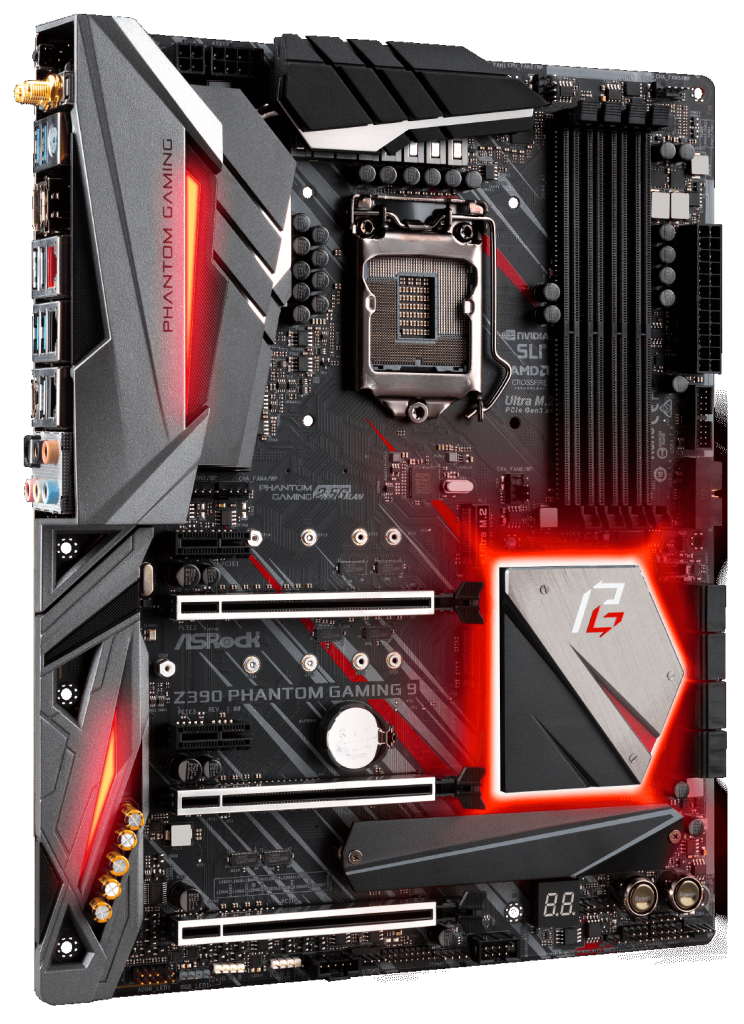
ASRock is usually generous with the FAN headers on their boards and the PG9 is no different offering a total eight fan headers, each one software addressable. The essentials which for some reason have become optional of late are present as well, mainly the POST code LED, Power and Reset on board buttons.
It may not have much to stand out with, but what is there works well and as one would expect, there’s no discernible difference in the everyday computing experience between the Phantom Gaming 9 and other Z390 boards commanding prices nearly twice as much.
You are here: Page 2 – Hardware

